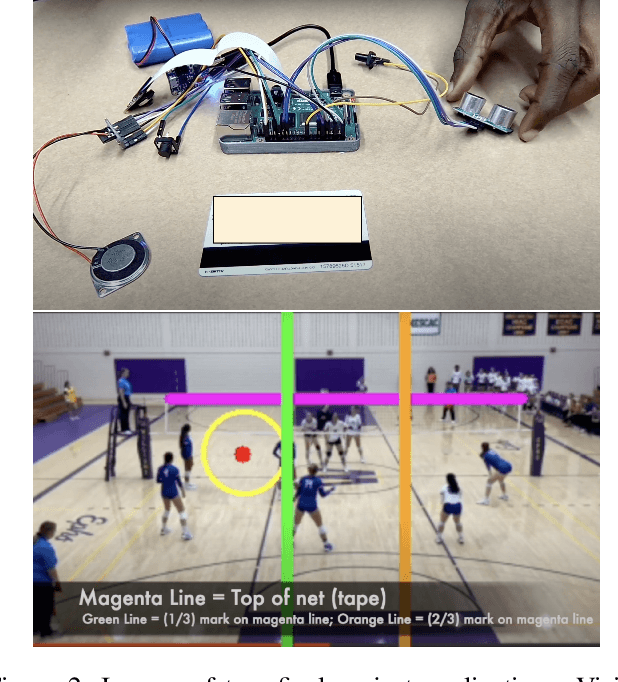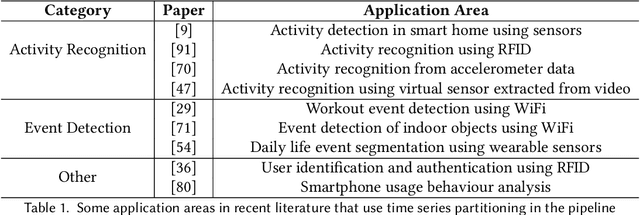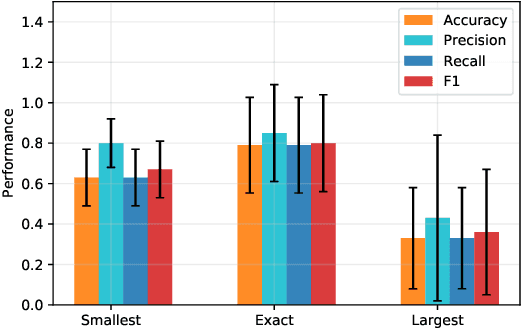Tahiya Chowdhury
Computational Thinking with Computer Vision: Developing AI Competency in an Introductory Computer Science Course
Mar 24, 2025



Abstract:Developing competency in artificial intelligence is becoming increasingly crucial for computer science (CS) students at all levels of the CS curriculum. However, most previous research focuses on advanced CS courses, as traditional introductory courses provide limited opportunities to develop AI skills and knowledge. This paper introduces an introductory CS course where students learn computational thinking through computer vision, a sub-field of AI, as an application context. The course aims to achieve computational thinking outcomes alongside critical thinking outcomes that expose students to AI approaches and their societal implications. Through experiential activities such as individual projects and reading discussions, our course seeks to balance technical learning and critical thinking goals. Our evaluation, based on pre-and post-course surveys, shows an improved sense of belonging, self-efficacy, and AI ethics awareness among students. The results suggest that an AI-focused context can enhance participation and employability, student-selected projects support self-efficacy, and ethically grounded AI instruction can be effective for interdisciplinary audiences. Students' discussions on reading assignments demonstrated deep engagement with the complex challenges in today's AI landscape. Finally, we share insights on scaling such courses for larger cohorts and improving the learning experience for introductory CS students.
* 7 pages, 3 figures, 3 tables, Proceedings of AAAI 2025
Designing A Sustainable Marine Debris Clean-up Framework without Human Labels
May 23, 2024



Abstract:Marine debris poses a significant ecological threat to birds, fish, and other animal life. Traditional methods for assessing debris accumulation involve labor-intensive and costly manual surveys. This study introduces a framework that utilizes aerial imagery captured by drones to conduct remote trash surveys. Leveraging computer vision techniques, our approach detects, classifies, and maps marine debris distributions. The framework uses Grounding DINO, a transformer-based zero-shot object detector, and CLIP, a vision-language model for zero-shot object classification, enabling the detection and classification of debris objects based on material type without the need for training labels. To mitigate over-counting due to different views of the same object, Scale-Invariant Feature Transform (SIFT) is employed for duplicate matching using local object features. Additionally, we have developed a user-friendly web application that facilitates end-to-end analysis of drone images, including object detection, classification, and visualization on a map to support cleanup efforts. Our method achieves competitive performance in detection (0.69 mean IoU) and classification (0.74 F1 score) across seven debris object classes without labeled data, comparable to state-of-the-art supervised methods. This framework has the potential to streamline automated trash sampling surveys, fostering efficient and sustainable community-led cleanup initiatives.
Parameter Selection for Analyzing Conversations with Autism Spectrum Disorder
Jan 18, 2024



Abstract:The diagnosis of autism spectrum disorder (ASD) is a complex, challenging task as it depends on the analysis of interactional behaviors by psychologists rather than the use of biochemical diagnostics. In this paper, we present a modeling approach to ASD diagnosis by analyzing acoustic/prosodic and linguistic features extracted from diagnostic conversations between a psychologist and children who either are typically developing (TD) or have ASD. We compare the contributions of different features across a range of conversation tasks. We focus on finding a minimal set of parameters that characterize conversational behaviors of children with ASD. Because ASD is diagnosed through conversational interaction, in addition to analyzing the behavior of the children, we also investigate whether the psychologist's conversational behaviors vary across diagnostic groups. Our results can facilitate fine-grained analysis of conversation data for children with ASD to support diagnosis and intervention.
Cadence: A Practical Time-series Partitioning Algorithm for Unlabeled IoT Sensor Streams
Dec 06, 2021



Abstract:Timeseries partitioning is an essential step in most machine-learning driven, sensor-based IoT applications. This paper introduces a sample-efficient, robust, time-series segmentation model and algorithm. We show that by learning a representation specifically with the segmentation objective based on maximum mean discrepancy (MMD), our algorithm can robustly detect time-series events across different applications. Our loss function allows us to infer whether consecutive sequences of samples are drawn from the same distribution (null hypothesis) and determines the change-point between pairs that reject the null hypothesis (i.e., come from different distributions). We demonstrate its applicability in a real-world IoT deployment for ambient-sensing based activity recognition. Moreover, while many works on change-point detection exist in the literature, our model is significantly simpler and matches or outperforms state-of-the-art methods. We can fully train our model in 9-93 seconds on average with little variation in hyperparameters for data across different applications.
 Add to Chrome
Add to Chrome Add to Firefox
Add to Firefox Add to Edge
Add to Edge